World Fine Art Professionals and their Key-Pieces, 341 - Jeroen / Jheronimus Bosch (El Bosco)
World Fine Art Professionals and their Key-Pieces, 341 – Jeroen / Jheronimus Bosch (El Bosco)
In 1967 there was the first Jeroen Bosch exhibition in Den Bosch. It was visited by nearly 300,000 people. In 2016, the second Jeroen Bosch exhibition entitled ‘Jheronimus Bosch – Visions of a Genius’, attracted almost half a million visitors. That year it was also ‘Jheronimus Bosch 500’ because of the 500th anniversary of Bosch’s death.
I remember it well, because I lived in Den Bosch myself. Jeroen Bosch was a native of Den Bosch, he lived and worked on the Markt, no. 29 and later on no. 61. The house no. 29 is now being converted into a museum dedicated to Bosch.
Fantastic illustrations of religious stories
He is one of the most striking representatives of the Early Netherlandish school of painting. His work, mostly oil on oak, contains mostly fantastic illustrations of religious concepts and stories. During his lifetime, his work was collected in the Netherlands, Austria and Spain, and widely copied, especially his macabre and nightmarish depictions of hell.
He spent most of his life in ‘s-Hertogenbosch, the official name of Den Bosch, where he was born in his grandfather’s house. The roots of his ancestors lie in Nijmegen and Aken (which is visible in his surname: Van Aken). His hallucinatory fantasy style exerted a major influence on northern art of the 16th century, with Pieter Bruegel the Elder as his most famous follower.
Major fire in ‘s-Hertogenbosch
In 1463 a major fire raged in ‘s-Hertogenbosch, which Bosch witnessed as a child. 4000 houses went up in flames in this fire. City fires often occur in Bosch’s work.
Today, Bosch is seen as a genius painter with a deep understanding of humanity’s desires and deepest fears. About 25 paintings were certainly made by him, along with eight drawings. About half a dozen paintings are attributed to his studio. His most acclaimed work consists of several triptych altarpieces, including ‘The Garden of Earthly Delights’ which is in the Museo del Prado in Madrid.
His father’s studio
At the time, the Van Aken family was a leading, Bossche family of painters. Jeroen Bosch was trained in his father’s studio. Although the family name was Van Aken, Jeroen signed his work with ‘Jheronimus Bosch’ from 1490, when he was forty.
In 1481 Bosch married Aleid van de Meervenne, a descendant of a wealthy and influential merchant family. He married beyond his means both financially – his wife owned a house and some lands, for example – and intellectually – Aleid had, among other things, a brother-in-law who had studied in Cologne. In the tax records he was counted among the richest citizens of the city. But it was not until 1487 that things went so well that Bosch was able to lend money himself.
Brotherhood
In that year he joined the Illustrious Our Lady Mary Brotherhood (Illustre Lieve Vrouwe Broederschap), a prominent religious brotherhood in ‘s-Hertogenbosch. In 1488 he was named a sworn brother of this brotherhood, meaning that he was admitted to the clergy—albeit in the lowest rank. Bosch acquired a number of commissions through the brotherhood, such as the shutters of the altarpiece on the Altar of Our Lady, which are now associated with his works of John the Baptist and John the Evangelist.
On the right panel, he is said to have depicted himself, prominently above his signature, as a choir devil, a demon who records all the sins of man and will use them against him on the Day of Judgment.
Assignments of bourgeoisie and nobility
For St. John’s Cathedral, Bosch painted a representation of the creation of the world and a retable with four scenes from the lives of Esther and Judith. This work has disappeared. He received ecclesiastical orders and many orders from the urban bourgeoisie. Members of the Dutch high nobility were among his patrons. Hendrik III van Nassau, the uncle of William of Orange, may have commissioned the Garden of Earthly Delights.
That Bosch was a beloved painter at court in the administrative capital, the Duchy of Brabant in Mechelen, is also apparent from the mention in an inventory from 1516 by the regent Margaret of Austria of a Temptation of Saint Anthony, which she had ordered from Bosch. The Garden of Earthly Delights graced the Great Hall in the palace of the Counts of Nassau in Brussels for quite some time.
But Bosch’s fame extended far beyond the borders of Brabant. In Venice, for example, the collection of Cardinal Domenico Grimani contained works by Bosch. Also in that city are the Hermit triptych and the Triptych of the crucified martyr.
Funeral
Bosch died in 1516. On 9 August of that year, an ‘exequie’ (funeral mass) was held in his honor, celebrated by the dean of the Confraternity and various priests and singers, all of whom were paid by friends of Bosch. He was buried in the St. John’s graveyard on the part where the rich lay. It is not known how he died, but in 1515-1516 a local chronicler reports a fairly serious outbreak of pleurisy, which killed many people. In a coat of arms of the brotherhood he is mentioned as ‘Hieronimus Aquens, alias Bosch, seer vermaerd painter, obiit 1516’.
Portrait of Bosch
There are no more than three portraits of Bosch, all of which were taken after his death. It is assumed that the portrait from the Recueil d’Arras from about 1550 and an engraving by Hieronymus Cock in 1572 go back to a lost portrait or self-portrait by Bosch. The statue on the Markt is based on this.
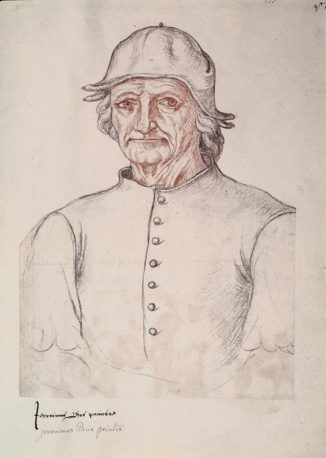
jeroen-bosch-10-.jpg
Portrait of Bosch
*black and red chalk on paper
*42 x 28 cm
*inscribed b.l: : Jeronimus Bos painctre / jeronimus Bus peintre
*1535 – 1573
Imitation
Bosch has had many followers. The German painter Lucas Cranach is known to have copied work by Bosch. Lucas van Leyden was very inspired by Bosch. The most famous follower of Bosch was Pieter Bruegel the Elder. Surrealist painters such as Salvador Dalí, Max Ernst and Joan Miró are indebted to Bosch.
From the end of the 19th century, scientific research has been conducted into Bosch’s work. Over time, using modern techniques such as X-rays and dendrochronology, many works fell from the Bosch repertoire, but some were added, such as the Temptation of Saint Anthony in São Paulo. From this shuffling of attributions, a well-defined group of works has emerged, which form Bosch’s core oeuvre, the canon. In 2020, Jeroen Bosch was included in another canon: the Canon of the Netherlands.
Images
1)The Temptation of Saint Anthony, 2) Saint John the Baptist in the Wilderness, 3) Adoration of the Magi, 4) Saint Jerome in the Wilderness, 5) Crucifixion of Jesus, 6) The Garden of Earthly Delights, 7 ) Hermit triptych, 8) the peddler, 9) Hell and the Flood, 10) Hieronymus Bosch, c. 1550, Bibliotheque Municipale, Arras
https://bit.ly/3kB0Kf2 https://ifthenisnow.eu/nl/personen/jeroen-jheronimus-bosch-el-bosco
Disclaimer: The views, opinions and positions expressed within this guest article are those of the author Walter van Teeffelen alone and do not represent those of the Marbella Marbella website. The accuracy, completeness and validity of any statements made within this article are not guaranteed. We accept no liability for any errors, omissions or representations. The copyright of this content belongs to Walter van Teeffelen and any liability with regards to infringement of intellectual property rights remains with the author.

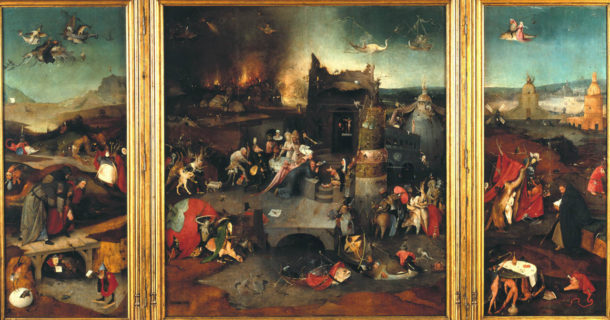
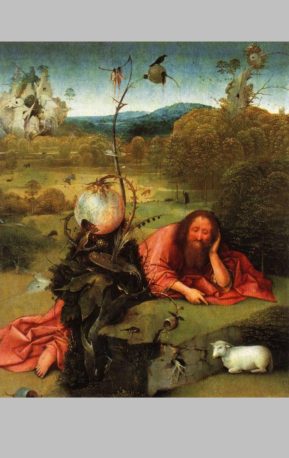
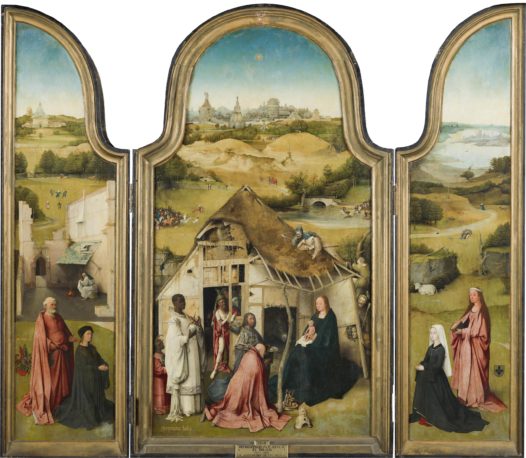
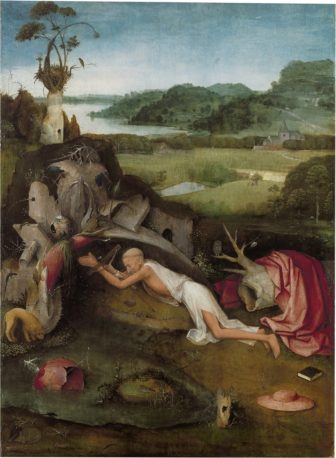
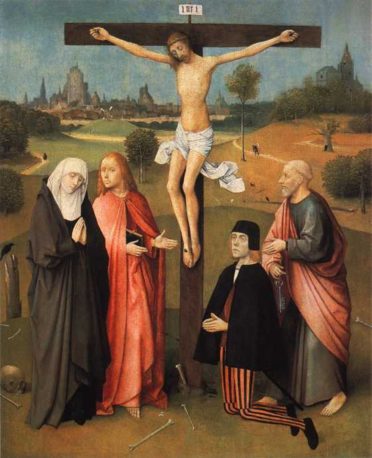
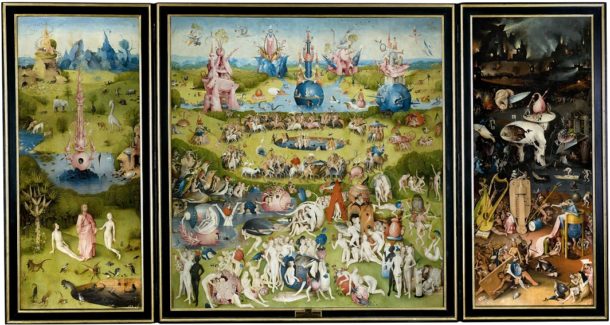
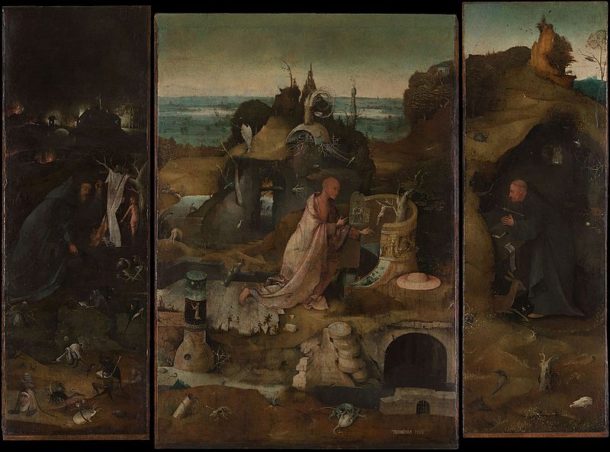
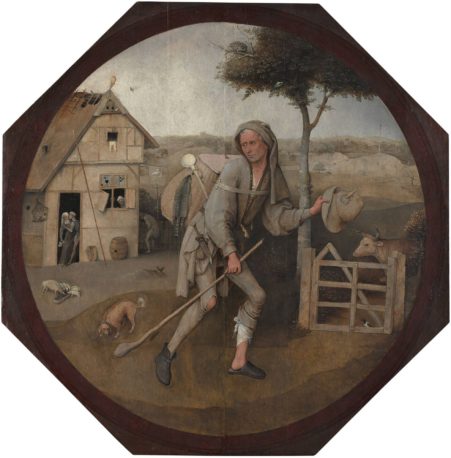
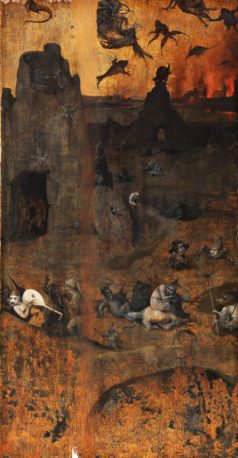














The opinions expressed by individual commentators and contributors do not necessarily constitute this website's position on the particular topic.